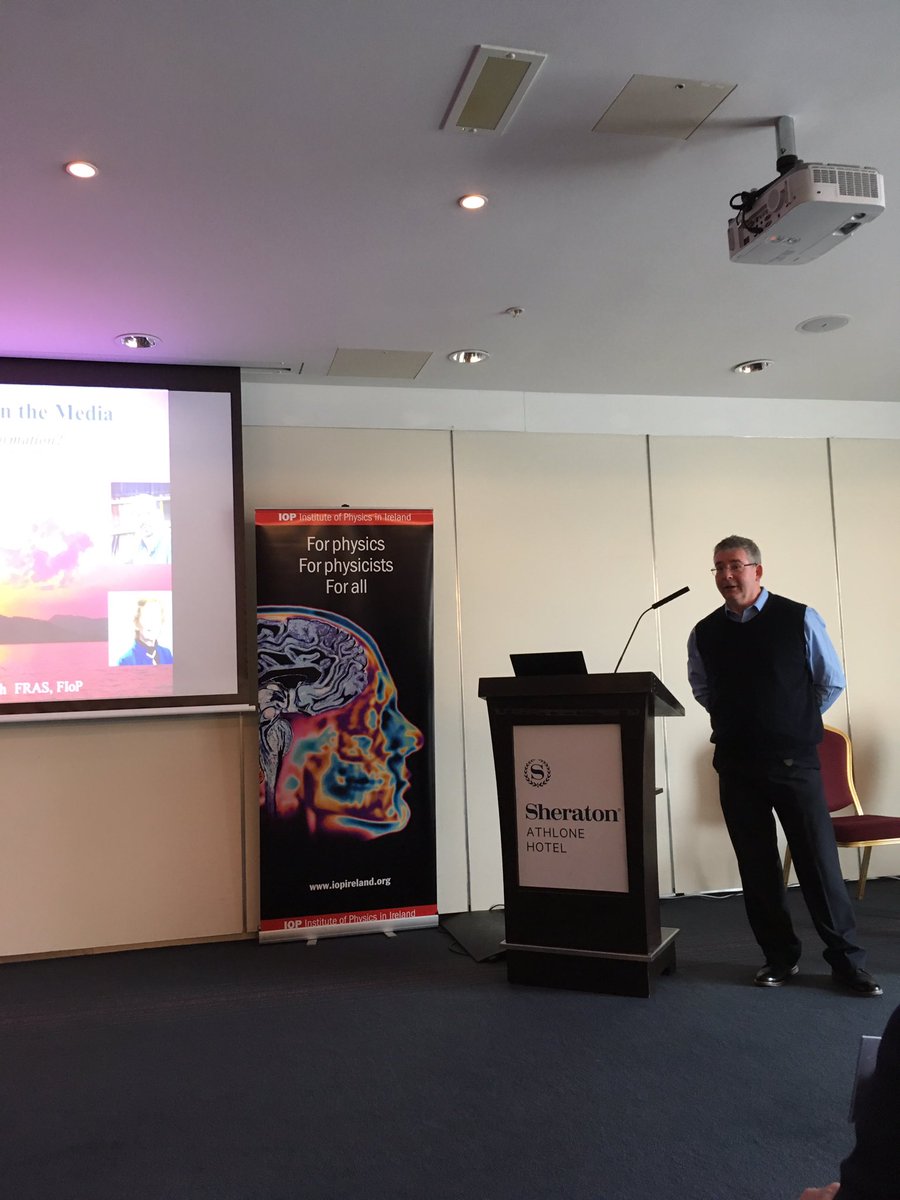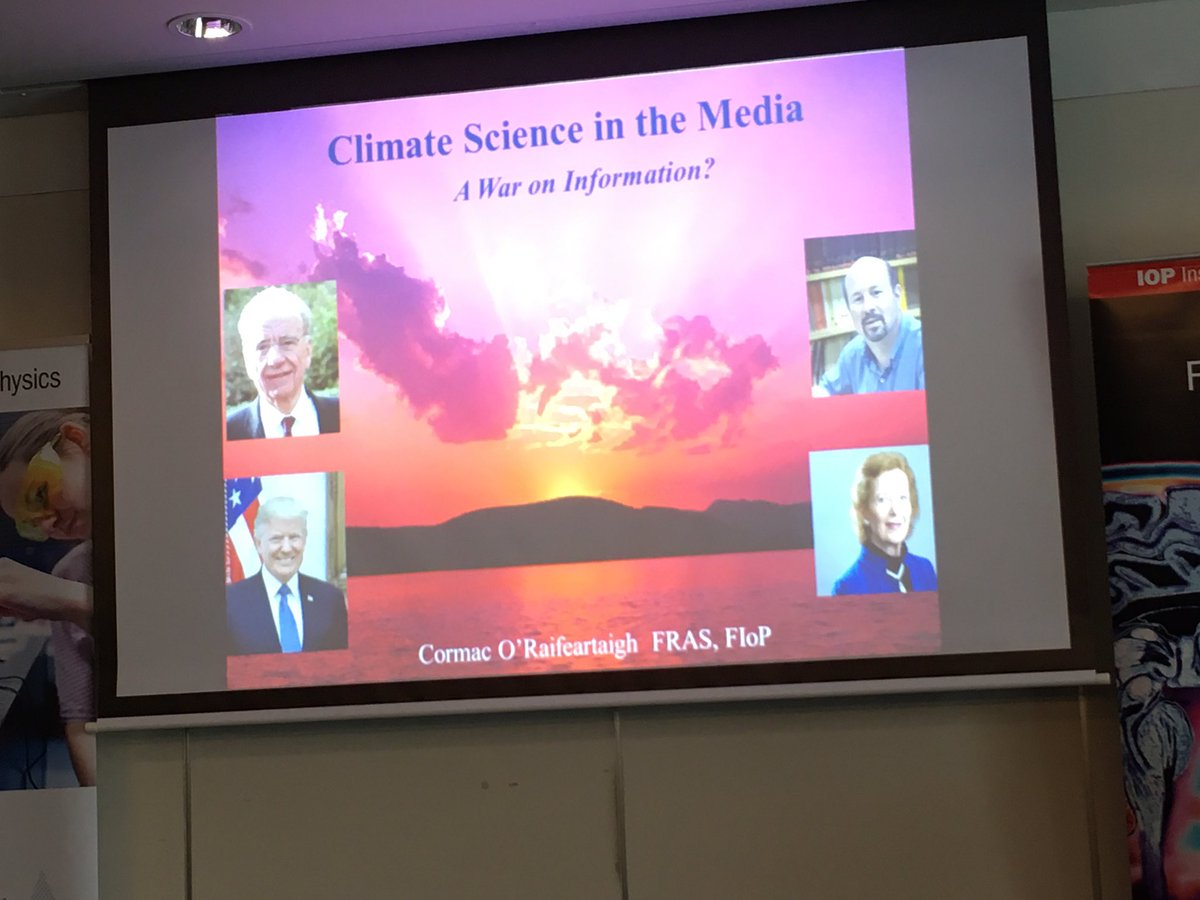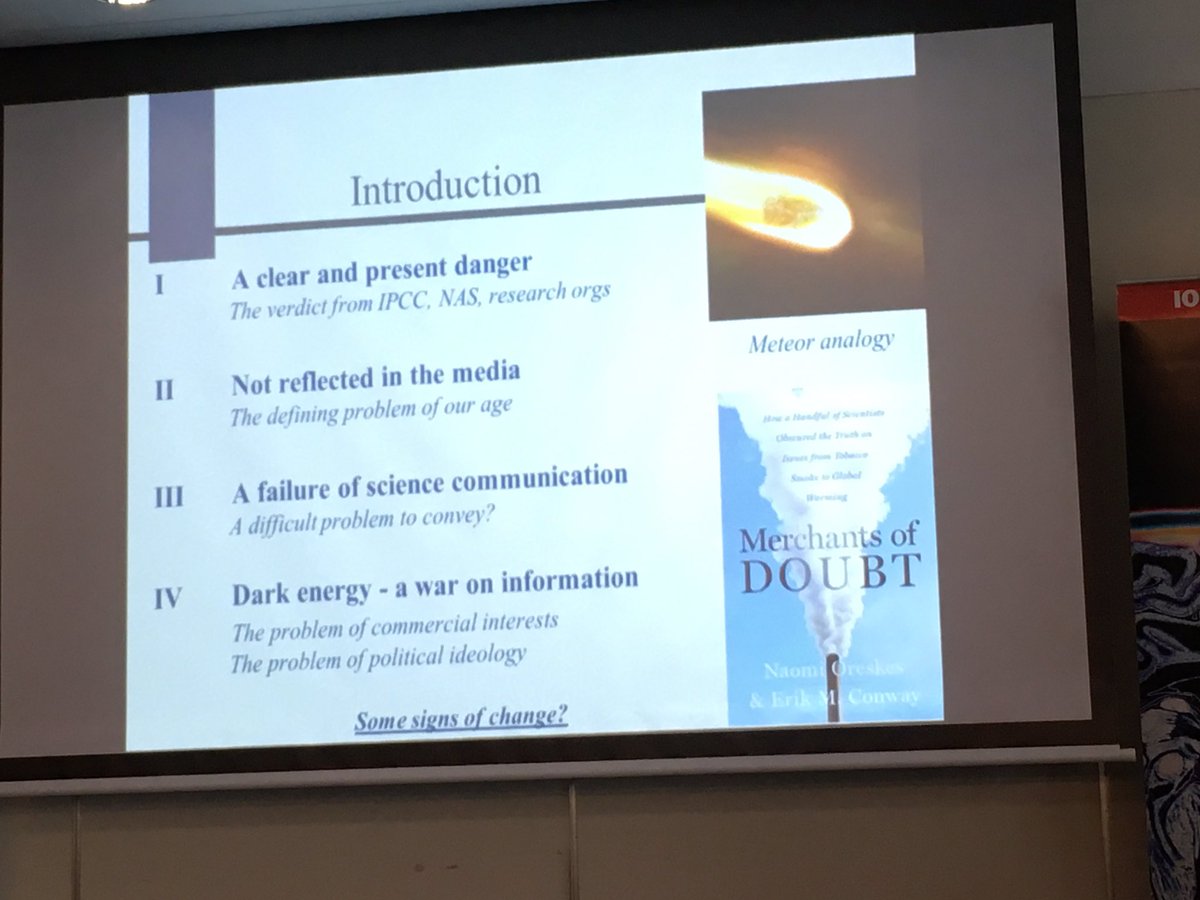The teaching term ended with the Spring Meeting of the Institute of Physics in Ireland. These annual IoP weekends are quite unique as they are more relaxing than a technical conference and a great way of keeping in touch with physicists from all over Ireland. At the same time, there are usually plenty of good talks on general topics and this year was no exception. As ever, as well as the seminars, there was a physics pub quiz on Friday night, an enjoyable conference dinner on Saturday and a highly competitive postgraduate poster competition throughout the weekend (the winners are listed on the meeting website above).

The theme of the 2010 meeting was particle physics and a strong program of talks was offered on Saturday: a brief history of 20th century particle physics (by Peter Kalmus of UCL), a description of last year’s accident at the LHC (by Steve Myers, director of accelerators at CERN), a description of the upcoming experiments at the LHC (by Ronan McNulty of UCD and the LHCb experiment), an overview of recent developments in measurements of the cosmic microwave background (by Hiranya Peiris of UCL), and a brief summary of applications of particle physics in medicine (by Lynn Gaynor of the Mater Misercordiae University Hospital). You can see the full programme on the IoP website.
Lecture Summaries
I thought it was a really good idea to start with a general overview of particle physics and Peter Kalmus didn’t certainly didn’t disappoint. Starting with a slide on Rutherford’s discovery of the nucleus, Peter traced the evolution of particle physics from 1911 to the 1970s. From the beginning, he placed great emphasis on the relation between theory and experiment, and between the fundamental forces and particles, explaining how neutrinos were ‘invented’ (predicted) by Pauli and pions by Yukawa, and describing the subsequent experimental discovery of these particles. Then it was on to the particle zoo of the 1950s, where unexpected and unwanted new particles were suddenly being discovered regularly and experimentalists ‘faced the prospect of paying a fine”! The simplification of the new particle physics by the development of quark theory by Gellman and Zweig was explained and the discovery of evidence for quarks in the famous scattering experiments at SLAC described. Finally, Peter explained the prediction of new heavy particles (W and Z bosons) from the elecro-weak unificaton program of Salaam, Glashow and Weinberg and went on to decribe his own role in the discovery of these particles in the famous CERN experiments.
Steve Myers stared his talk with one of my favourite slides (below), explaining succintly the importance of the TeV energy range for both particle physics and cosmology. He gave a brief overview of the engineering challenges involved in achieving beam collisions at that energy, touching on almost every aspect of engineering technology imaginable, from the civil engineering projects in the tunnel build to the use of superconducting magnets for beam bending, and the challenges of maintaining the extremely low temperatures and extremely high vacuum necessary for the experiments. He then gave an overview of last year’s accident and the steps taken to repair the damage and ensure such an event does not re-occur (and yes, it did come down to one joint that was simply not soldered, although other faults were subsequently found). All in all, Steve’s talk was a salutary reminder that the LHC is not just a large scale experiment, but a whole industry.

BB time/energy line: note how the LHC energy is only slightly higher than the Tevatron, while cosmic ray collisions are much more energetic
Ronan Mc Nulty then gave a brief overview of the how and why of the experiments that will be done at the LHC. Central to this talk was an explanation of the role of symmetry in particle physics. By slid three, Ronan was talking about Noether’s theorem – a theorem of fundamental importance in physics that states that for every observed symmetry in physics, there is a corresponding law of conservation. He then moved on to the difference between local and global symmetries and how the masses of the W and Z bosons suggest an extra field in nature – the famous Higgs field. In the second part of his talk, Ronan explained the experimental approach of the four experiments at the LHC and how the LHCb experiment differs by talking a tangential slice of the beam rather than the cross-sectional ”cathedral’ approach of the larger detectors. He finished with an overview of possible discoveries at the LHC, including candidates for dark matter. I couldn’t do justice to Ronan’s succinct talk, but you can find the slides on the IoP website.
Dr Hiranya Peiris then gave a talk on current measurements of the cosmic background radiation and how they constrain models of cosmic inflation. This was a timely reminder of the connection between cosmology and the world of particle physics. As particle accelerators reach higher and higher energies, we can create and study particles that have not existed since shortly after the Big Bang; similarily, there is much information for particle physicists in the study of the cosmic background radiation. It is often forgotten that the basic idea of inflation was first postulated by particle physicist Alan Guth in order to address a problem in grand unified theory (the lack of obsevation of magnetic monopoles). Dr Hiranya’s talk was extremely clear and to the point;I won’t say more on it here but you can find the slides on the IoP website.
The final talk of the day was a seminar on applications of particle physics in medicine. Medical application is often quoted as one of the major spinoffs of particle physics, so it was good to hear a full talk on the subject. Dr Lynn Gaynor brought us up to date with a description of advances in X-ray imaging, radiotherapy, nuclear medicine and positron emission tomography. She finished the talk by pointing out that medical physics is a very exciting career opportunity for a physicist, with a workload including the administration of physics-based therapies for patients, the teaching of radiation physics courses to medics and the involvement in innovative research projects.
Physicist in the Chair
On Sunday morning, the ‘Physicist in the Chair‘ session featured Prof Alex Montwill, Ireland’s best known particle physicist. It was a highly appropriate choice as Alex was one of the very first Irish scientists to work at CERN and led a particle physics group at UCD for many years. It was a fascinating interview, with the legendary Tony Scott of UCD giving Alex the ‘This Is Your Life’ treatment, from his flight from Latvia after the war to Ireland, to his career at UCD. This was also another mini-talk on the history of particle physics, as Alex described the role of his group in the discovery of kaons. [The direct successor of that UCD particle group is the current group led by Ronan Mc Nulty that has a major involvement in the LHCb experiment, see above]. Alex taught legendendary 4th year courses in quantum theory and particle physics at UCD for many years and his thoughful approach spawned a whole generation of students interested in the philosophy of quantum physics. The interview also touched on Alex’s activities in the communication of science; an expert chess and international bridge player, he became very well known as a communicator of science through the radio series ‘The Laboratory of the Mind’ on RTE Radio 1. Alex also recently published the popular science book ‘Let there be light’ with Anne Breslin (more on this here).


Panel discussion
The weekend finished with a panel discussion on Irish membership of large scale scientific instruments, chaired by IoP President Dame Jocelyn Bell-Burnell (Ireland is not a member of CERN or of the ESO). The panel comprised four physicists: Dr Sheila Gilheany of the IoP, Dr Paul Callanan of University College Cork, Dr Kevin McGuigan of the Royal College of Surgeons and myself. Each of us gave a 5 min presentation of reasons for and against and questions were then taken from the floor. Of course, you might expect a roomful of physicists to be broadly supportive of the idea and so it transpired (although Kevin made some cogent arguments against, which I won’t describe here). My own argument was that Ireland cannot afford not to join such facilities for four reasons:
1. Experimental – small countries simply don’t have the facilities for big science, so this is our only way to do it
2. People – it is very important that our best young scientists get to train and work with the very best
3. Knowledge industry – large scale contracts in advanced technology (software and hardware) are awarded primarily to members
4. Politics – CERN and ESO are examples of historic and successful co-operation between different European nations that Ireland should not snub
All in all, it was a super weekend, courtesy of the Institute of Physics. Next day, I flew to Geneva for a ski holiday: on the same flight were Ronan and Tara of the UCD group and Steve Myers (above), all on their way back to CERN for Tuesday’s switch-on! I was delighted to see the event got frontpage coverage in the French, Swiss and German press the next day (if not the British, see post below).





































